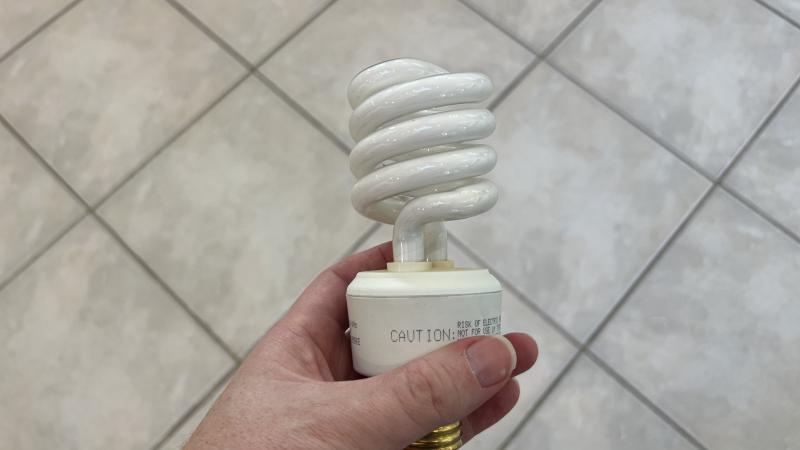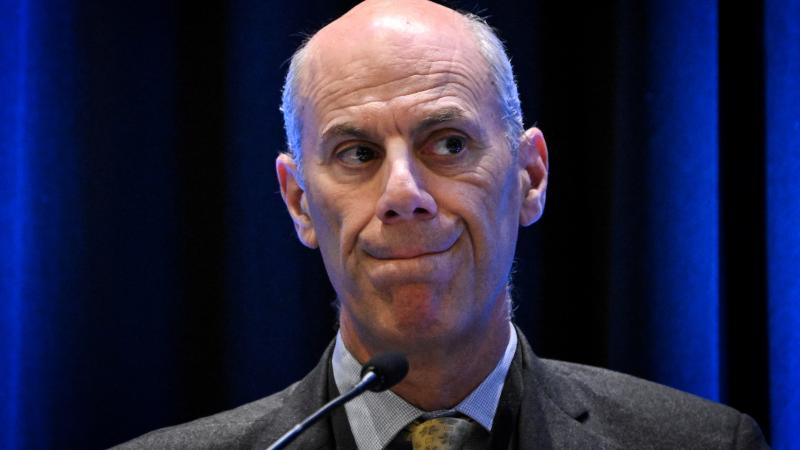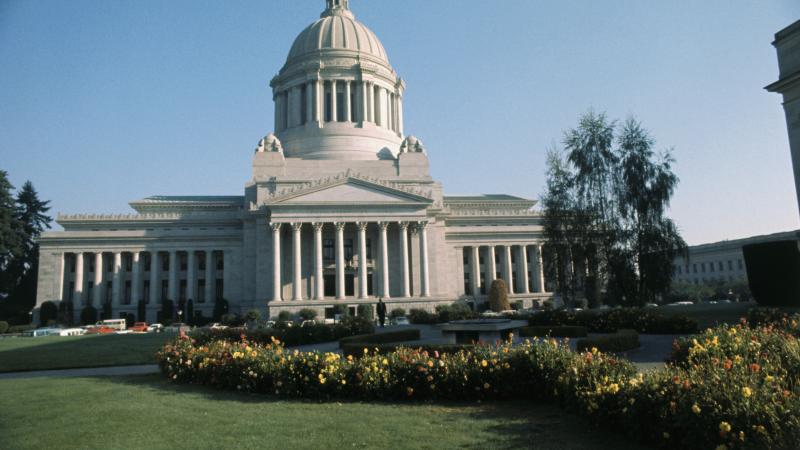Trucking industry warns of ‘fatal flaws’ in Washington’s electric vehicle plans
The state’s goal of shifting to EVs faces numerous logistical and practical obstacles, one of which is infrastructure. According to the council, the state will need 3 million charging ports by 2035, which would require building 250,000 annually starting this year.
(The Center Square) - The Washington Electric Vehicle Council is finalizing its transportation electrification strategy for the Legislature to shift the transportation sector from fossil fuels to electricity.
At the council’s Nov. 1 meeting, Department of Commerce Director of State Efficient and Environmental Performance Hanna Waterstrat described it as “our roadmap to making electric vehicles the default option” and “the new normal.”
However, the state trucking industry is warning of “fatal flaws” in that plan that could derail more than just the state's environmental objective.
In a letter to the EV Council, Washington Trucking Associations President Sheri Call wrote that the TES is full of “aspirational policies that have no grounding in reality.”
The state’s goal of shifting to EVs faces numerous logistical and practical obstacles, one of which is infrastructure. According to the council, the state will need 3 million charging ports by 2035, which would require building 250,000 annually starting this year. Currently, there are only 4,600 public charging ports. The draft TES identifies $818 million for the 2023-25 biennium to spend on EV incentives and charging ports.
Another obstacle is cost, which the TES seeks to address in part with providing public subsidies for EV purchases in exchange for scrapping fossil fuel vehicles. Despite the aggressiveness of these strategies, the council has already conceded that Washington’s transportation sector won’t meet the state’s 2030 carbon emission reduction goals.
The draft TES says truck electrification is “increasingly economic" and recommends favoring "vehicles with strong potential to reduce local air pollution, removing bottlenecks such as vehicle availability constraints and delays in deploying EVSE [electric vehicle supply equipment], and providing education and technical assistance to fleet managers."
However, Call wrote in her letter that “we are slowly building capacity for EVs in our industry, but not at the rate of what our state is proposing. The EV technology for medium and heavy-duty trucking is simply not there yet, and neither is the infrastructure to support it.”
She added: “We are talking about strategies that stand to impact our entire supply chain, which, as we have all seen during the pandemic, plays a major role in Washington’s economy. These strategies are completely unrealistic. Put bluntly, wishful thinking is not a strategy.”
The EV Council will approve the final TES at its Nov. 30 meeting.















